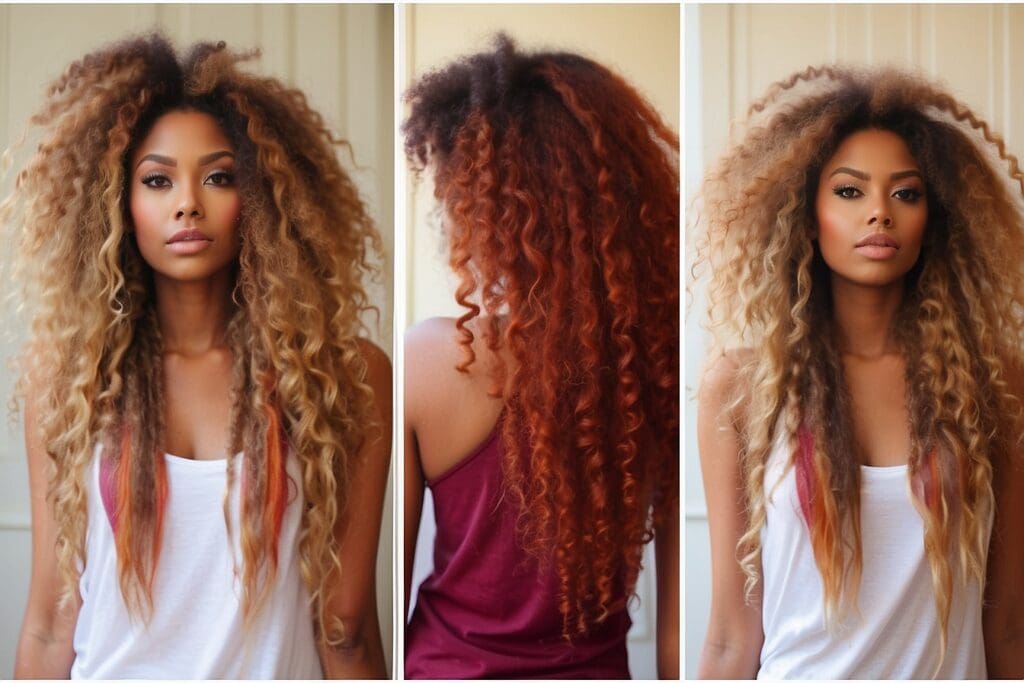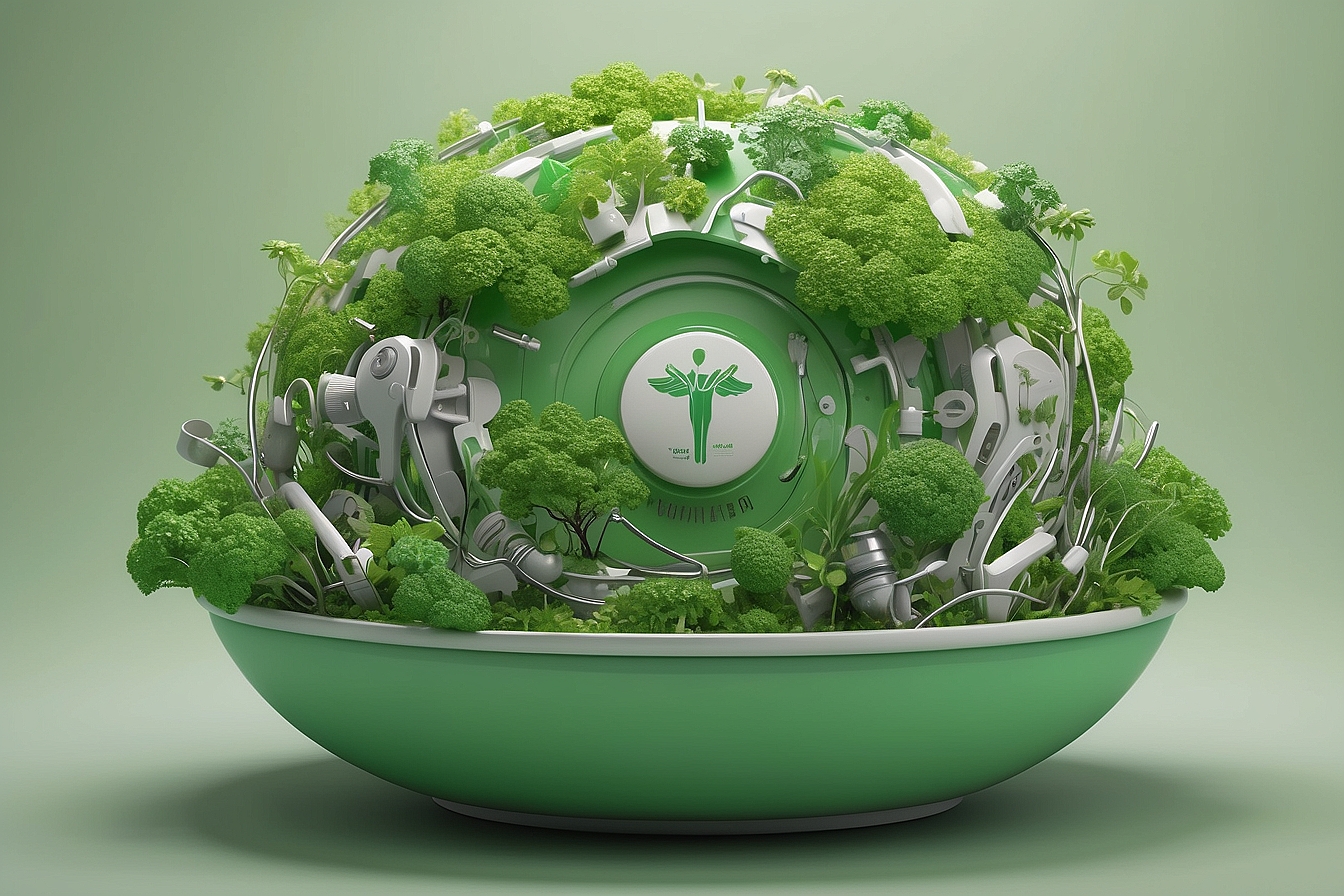Whether it’s subtle highlights or bright pink tips, hair dye is a prevalent product in our society. A 2005 study on the relationship between hair dye use and bladder cancer estimated that in the U.S. and Europe, more than one-third of women over the age 18 and approximately 10 percent of men over age 40 use hair dyes.1 With that many people using purely cosmetic product, it is important to know if there are potential negative health impacts.
Hair Dye Deconstructed
There are three types of conventional hair dye: permanent, semi-permanent, and temporary. While at first glance this concept seems quite simple, in reality, over 5,000 chemicals are used in hair dye products.2 Permanent hair dyes make up approximately 80% of the hair dye market. These dyes work in two stages: the “intermediates” and the dye “couplers.” When mixed with hydrogen peroxide, the intermediates—colorless dyes—react with the couplers to form pigment molecules. For this reason, permanent hair dyes are also referred to as “oxidatives.”3 Semi-permanent and temporary hair dyes are not oxidative. Instead of actually changing the pigment molecules in your hair, they contain colored compounds that temporarily stain your hair.4 In a sense, temporary hair dyes are like surface paint for your hair, which will eventually wash out.5
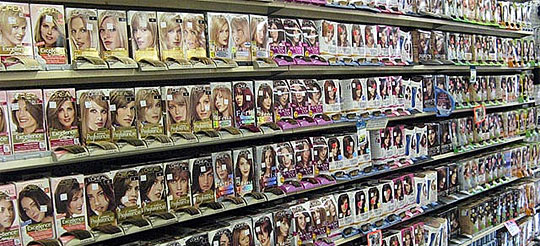 i
i
Possible Links to Cancer
The relationship between hair dye use and possible increased cancer risk has been debated for many decades. In the 1970s, manufacturers altered the chemicals in hair dye after it was discovered that many of the chemicals, including the aromatic amines that comprise the “intermediates” component of hair dye, were causing cancer in animals. While studies have been conducted with humans, the results are still currently inconclusive as to whether hair dye use causes increased cancer rates.6
Natural Hair Dye Alternatives
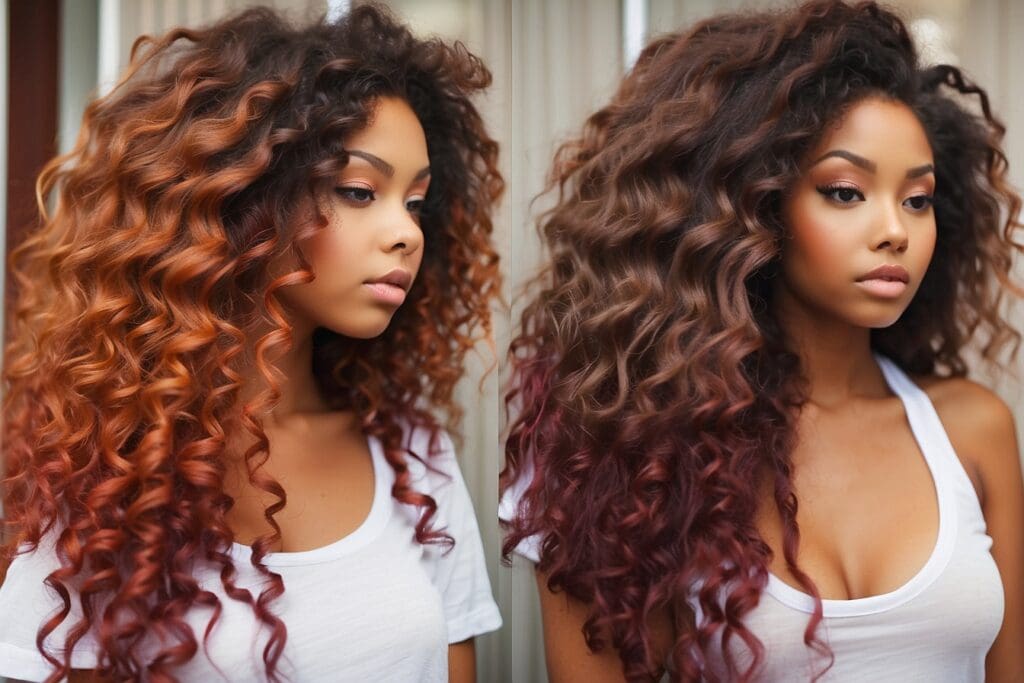
While the jury is still officially out on whether or not hair dye is linked to cancer, if it’s that questionable, it’s probably best to just avoid it. It turns out that there are a myriad of natural alternatives, ranging in permanency, for hair dye enthusiasts to test out.
The natural product that has the closest results to conventional hair dye is henna, because it is a permanent hair dye. It’s important to point out that true henna is a particular plant, and when used as a hair dye, it will turn your hair red. There are many products out there that claim to be henna, but can turn your hair shades other than red, which means that the dye either has chemicals in it or, if it’s actually all-natural, it has plants other than henna in it. For instance, many “henna” products that dye hair darker shades are actually made out of indigo plant.7 In addition to avoiding harmful chemicals, dying your hair with henna is less expensive than visiting a salon every few months.8 After about four months, henna will naturally begin to fade, meaning you won’t be left with an obvious root line.9 Another exciting benefit of using henna is that henna seals oil into your hair, leaving it shiny, moisturized, and less frizzy.10
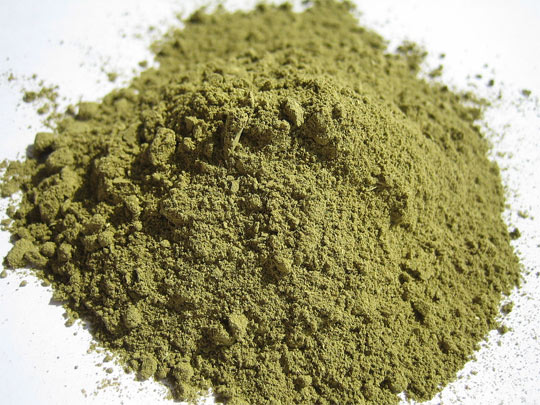 ii
ii
Henna Powder
Dying your hair with tea is another natural alternative. The process is more or less the same for every color – boiling the leaves or flowers in water – but the type of tea varies depending on the desired color. Tea rinses are not permanent and do not dye your hair an even color, rather they enhance highlights that you already have. Popular teas for blonde highlights include chamomile flowers and rhubarb root. Once the rinse is applied to the hair, the dye will be most effective if it air-dries in the sun. Those looking for darker shades can use a sage leaf or walnut hull rinse. It is important to note that it’s hard to predict how the tea will react to chemical dyes. If you have conventional dye on your hair already, be sure to test your tea dye on a strand of hair before dousing your whole head with the rinse.11
Beyond tea, there are other herbal rinses that are effective hair highlighters. Redheads can use a carrot, beet, and ginger rinse to add complexity to their color. To mask gray strands, try coating your hair with leftover coffee and coffee grounds. For those who want an auburn tint, rinse your hair with a burgundy wine.12 There are endless combinations of natural, whole foods that can either permanently dye your hair or just add some highlights. Stay tuned for upcoming guides that go more in depth about henna, tea rinses, and herbal rinses!

